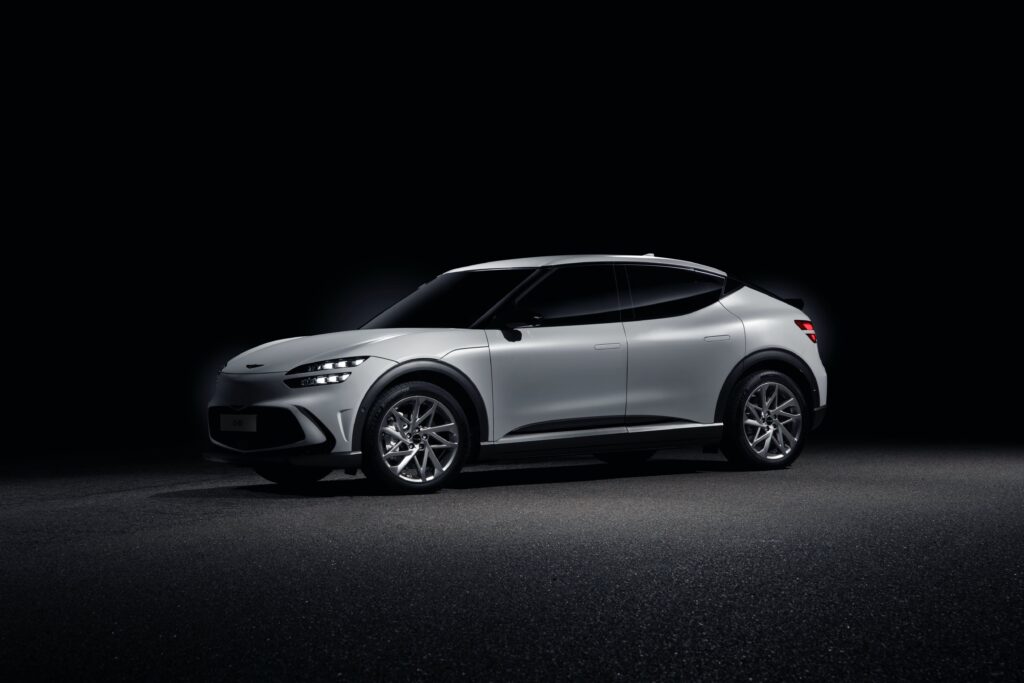Minor changes add friction at Universal Orlando
Recent changes to Universal Orlando’s lanyards and promoting their app have resulted in unexpected friction for guests.
The problem is that guests can end up with two things they need to show at different times in the park–their park tickets and express passes, but the lanyards now being sold at the resort only allow one of the two to be visible at a time.
Older lanyards had clear pouches which allowed guests to simply flip over their lanyard pouch to show whichever item was needed. This was handy and meant guests never needed to open the lanyard pouch. They simply flipped it to the right side to use their passholder discount, express pass, enter or change parks or rent lockers. It was simple and about as frictionless as possible.
Unfortunately, recent changes in what Universal offers with their lanyards has added unnecessary friction.
The lanyards being sold today now have branded pouches which are clear on one side and printed with various logos/images on the other. The guest can no longer simply flip the lanyard over to display their “other” pass. This means the guest has to open their lanyard pouch to either use their express pass or to rent lockers or use their passholder discount.
My guess is that this change was made purely for additional revenue. The older clear lanyard pouches came with the lanyards themselves. Now, the lanyard and pouch are sold separately at a higher overall cost. While it’s nice to be able to mix and match designs, the guest is getting additional friction at extra cost. Worse, there are no clear pouch options, so the guest can’t even choose the better option.
From memory, the old lanyards were about $14 while the new lanyard and pouches together cost more than $20 (varying by option). So, the change to branded pouches is likely down to a revenue opportunity for the resort.
This issue could be fixed by either bringing back clear pouch options or by adding an internal pocket to the pouches. There’s actually enough room in the pouch for the park ticket and express pass barcodes to be visible from the same side–but the tickets slide in the pouch, so they typically won’t remain in that position for more than a few minutes at a time.
Another place Universal added friction was to locker rentals. For rides where it’s unsafe for guests to carry bags or where guests are likely to lose items on the ride, Universal provides free short-term locker rentals in or near the queues so guests can drop off their bags, phones, etc. and collect them afterwards.
Lockers are “rented” by scanning barcodes on the guest’s park ticket.
Universal has been encouraging guests to add their park tickets to their Universal app and using the app instead of the physical ticket to enter the park, etc. This falls apart when the guest goes to rent a locker that they’re putting their phone into. The workaround is for Universal to give these guests a piece of paper with a barcode they can use to rent a locker. While this works, it can sometimes cause bottlenecks near the lockers–especially on rides such as Velocicoaster.
Ironically, the fix here would likely be to encourage guests to use both a physical and virtual ticket which is probably a step backwards from Universal’s perspective in terms of their app.
Both changes individually were probably good business decisions for Universal. But, for guests, they’re creating unnecessary additional friction. Essentially, they’d already solved these problems for guests, but chose to make things a bit worse for extra revenue and whatever is driving the move to virtualise tickets in their app.
